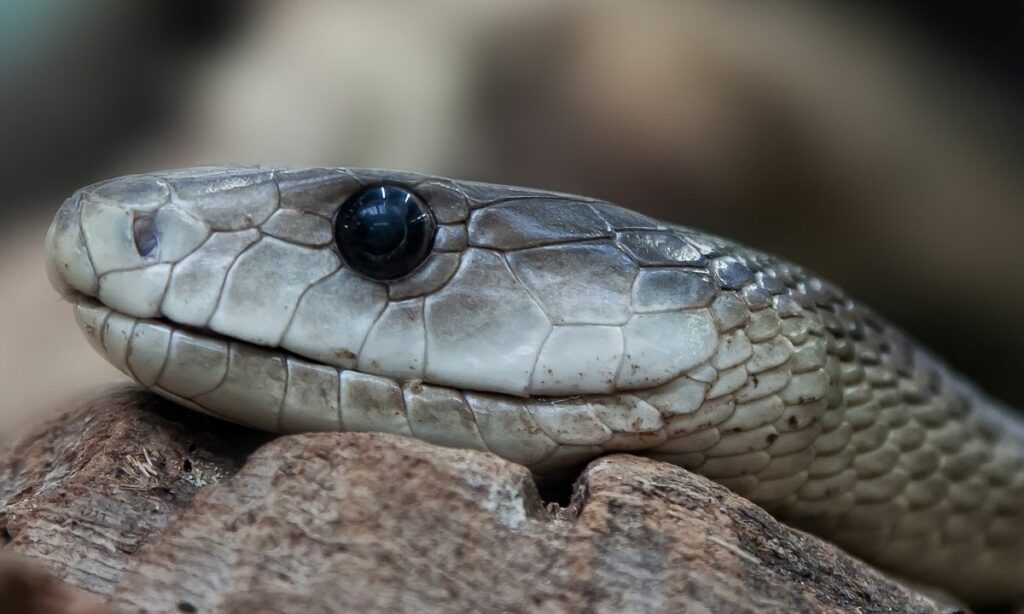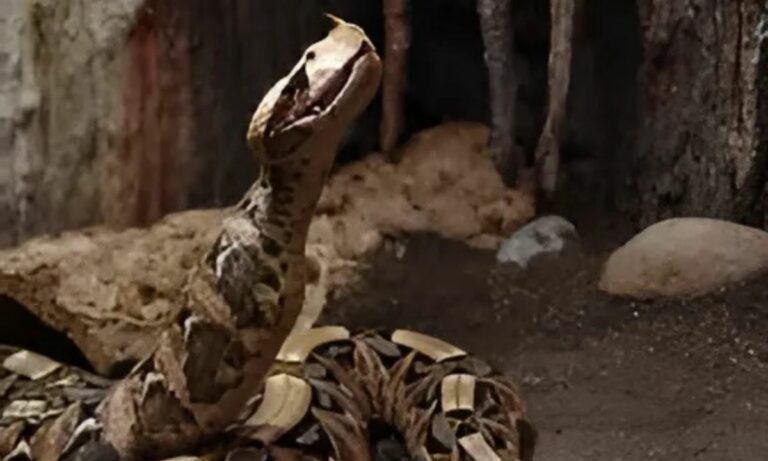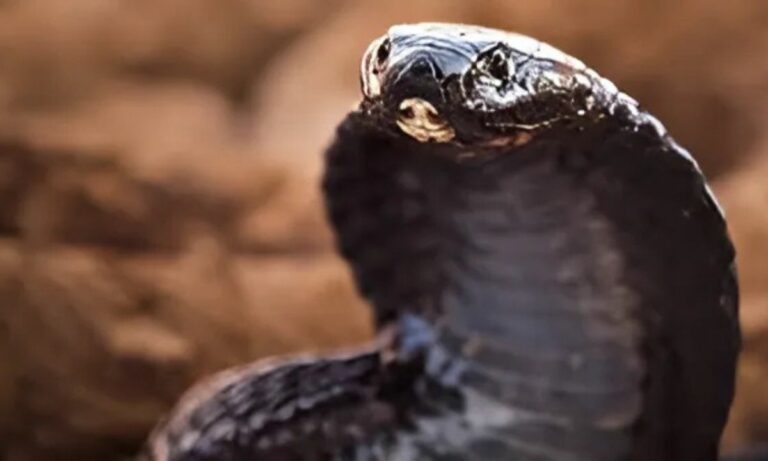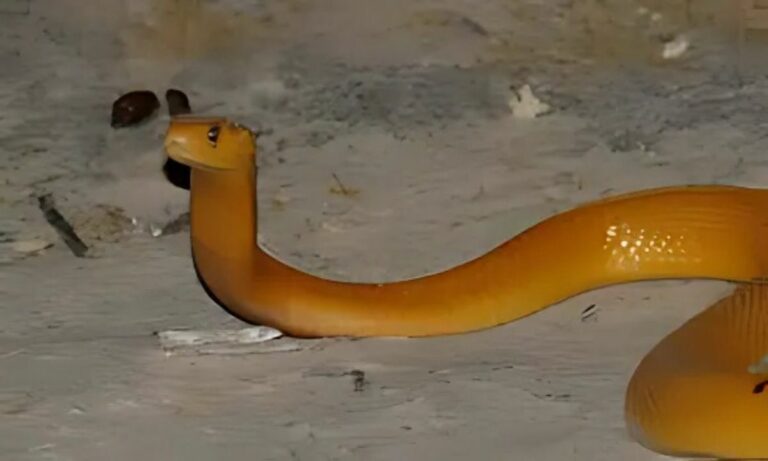If you’ve ever heard of dangerous snakes, the black mamba is definitely on the list. But is it really as deadly as they say? Let’s uncover the mysteries of this incredible serpent—from its scientific name to its fascinating habits.
Scientific Name and Classification
The black mamba is scientifically known as Dendroaspis polylepis. It belongs to the Elapidae family, the same as other venomous snakes like cobras. And yes, it’s extremely venomous—one of the most dangerous in the world!
Where Can the Black Mamba Be Found?
This snake is native to the African continent, primarily in countries such as:
- South Africa
- Mozambique
- Zimbabwe
- Malawi
- Kenya
Natural Habitat
You might be surprised, but the black mamba prefers savannas and dry forests, not just dense jungles. It loves hiding in tree hollows and even abandoned termite mounds. If you’re walking in these regions, stay alert!
Why Is the Black Mamba So Feared?
Besides its potent venom, this snake is fast and aggressive when threatened. It can reach speeds of up to 20 km/h (12 mph) in short bursts—almost as fast as a sprinting human!
Diet and Behavior
Its diet includes:
- Small mammals
- Birds
- Bats
- Other snakes
Fun fact: It strikes multiple times in a row if it feels threatened, and its venom can kill a human in under an hour without treatment.
Myths and Truths About the Black Mamba
Many people think it’s black on the outside, but its name actually comes from the inside of its mouth, which is inky black. Its body is usually grayish or olive in color.
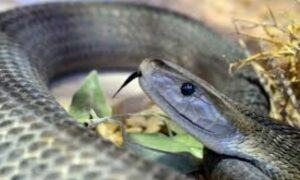
Reproduction and Lifespan
Females lay up to 17 eggs at a time, and the hatchlings are born independent and venomous. In the wild, they live around 11 years—plenty of time to become true legends of the savanna.
What to Do If You Encounter One?
If you’re in high-risk areas, remember:
- Do not provoke the snake
- Keep your distance
- Avoid sudden movements
And if bitten? Seek medical help immediately—the right antivenom is your best chance.
So, did you enjoy learning about this incredible (and terrifying) snake? The black mamba is a true wonder of nature—but it’s best admired from afar!
